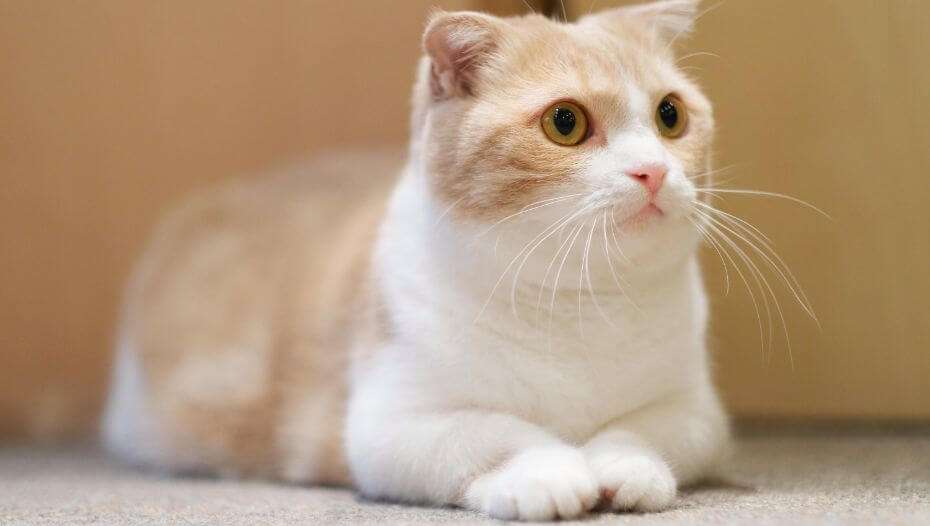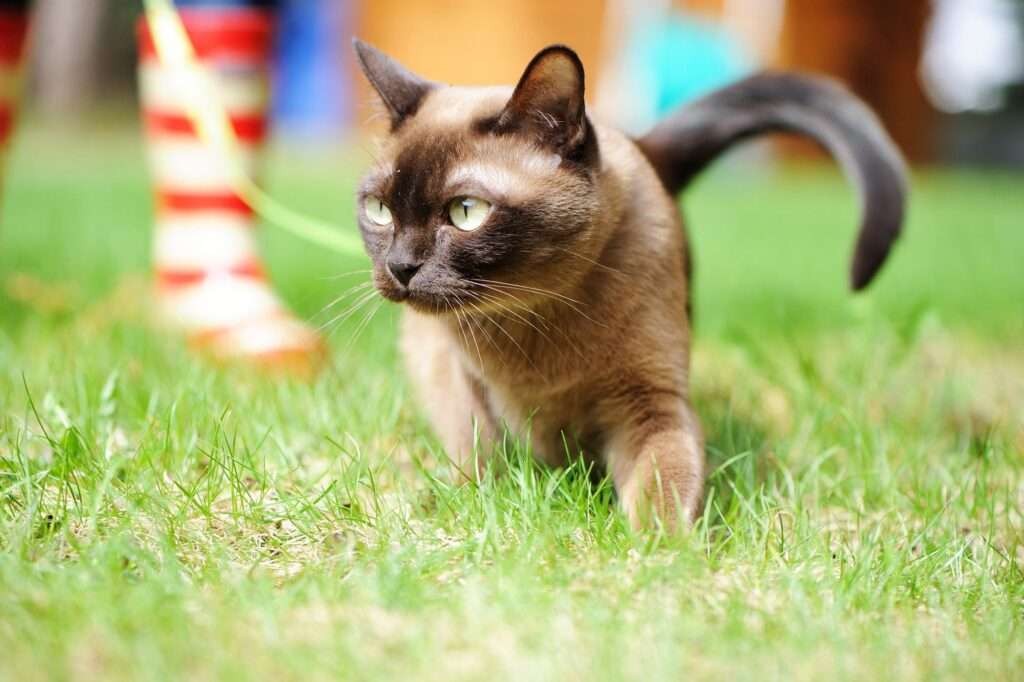
Description
Size: 6- 9 lbs
The Munchkin has a thick, fluffy coat and is a medium-sized cat with a middling body type and head shape. There is a long-haired variation of the coat, which is available in a wide range of hues and patterns. The Munchkin is distinguished by its unusually small legs, which result from a genetic abnormality, giving the cat a fairly long, low appearance.
Behavior
Activity Level: Active
Social needs: Enjoy company of other pets, ned human attention
The Munchkin is a cat that needs owners who spend a significant amount of time at home, a home with many features built to accommodate their lack of vertical leaping ability and a home free of extremely young or rowdy children.
Don’t be fooled by the small legs; they are quick and energetic. They can’t jump very high, but they are skilled at finding out how to climb to their desired location. Toys that require mental effort, such puzzles that reward the player with treats, are a favorite among Munchkins. After circling around the home for a while, they’ll locate a convenient lap for a well-earned rest.
Origin/History
The Munchkin mutation first appeared in a litter of stray cats in the USA in 1983. Although there have been other reports of short-legged cats since the 1940s, this was the first instance when the kittens were maintained and used in subsequent breeding to produce short-legged cats.
Few cat organizations even recognize them as pedigree cats, making their existence rather contentious. There are conflicting views on whether these cats should be purposely bred because it is believed that the short-legged gene also causes health issues.
Care as a Pet

Exercise
Munchkins can’t jump as high as their longer-legged cousins, but they have no trouble moving around on their shorter legs. Nevertheless, they will hop and climb, so giving them a cat tree will allow them to safely ascend to higher levels. These energetic and inquisitive cats like playing with their owners and interactive cat toys.
The range of domestic cat personalities can be found in Munchkins. Children, other cats, and dogs get along with them in the majority of cases. Any cat should only be kept indoors to prevent exposure to illnesses from other cats and injuries from fights, attacks, or accidents. If your cat won’t be bred, spaying or neutering them is advised.
Nutrition and Diet
The same diet that you feed other cats is what your munchkin cat needs to eat. A munchkin is a medium-sized cat whose short legs do not significantly affect its weight or body mass. Although a wet food diet is frequently recommended, you can also leave out dry food for your cat to nibble on. If your cat has diabetes, is obese, or is elderly, talk to your veterinarian about its needs. Your cat needs access to clean, fresh water at all times.
Grooming needs
The Munchkin’s coat is simple to maintain. Weekly brushing is sufficient for those with short coats. To avoid or get rid of mats or tangles, brush or comb a longhaired Munchkin twice a week.
The Munchkin just requires frequent nail clipping and ear cleaning if the ears appear unclean. Utilize a mild cleaner that your veterinarian has advised. For good general health and fresh breath, regularly brush their teeth with a pet toothpaste that has been approved by a veterinarian.
Table





